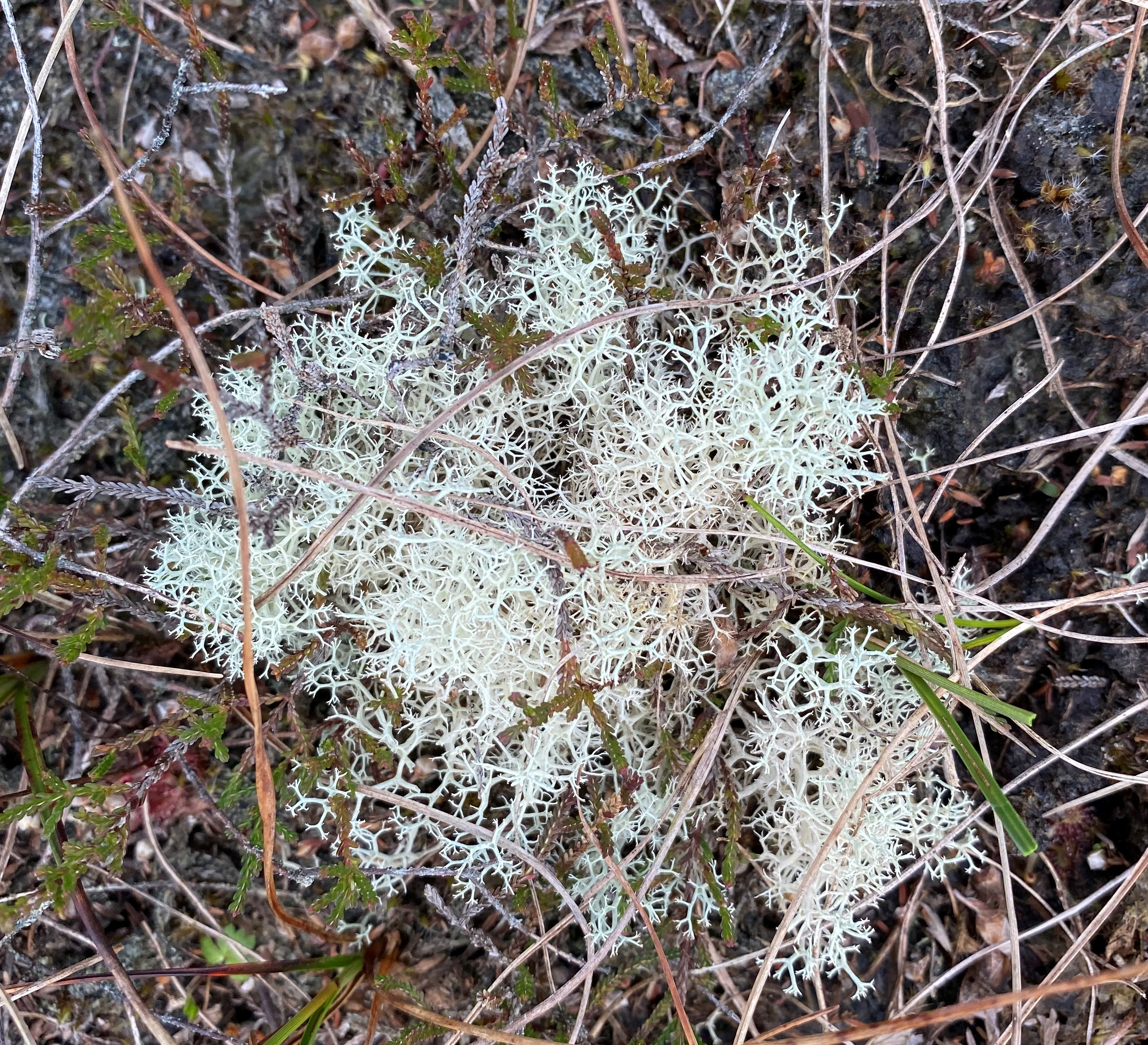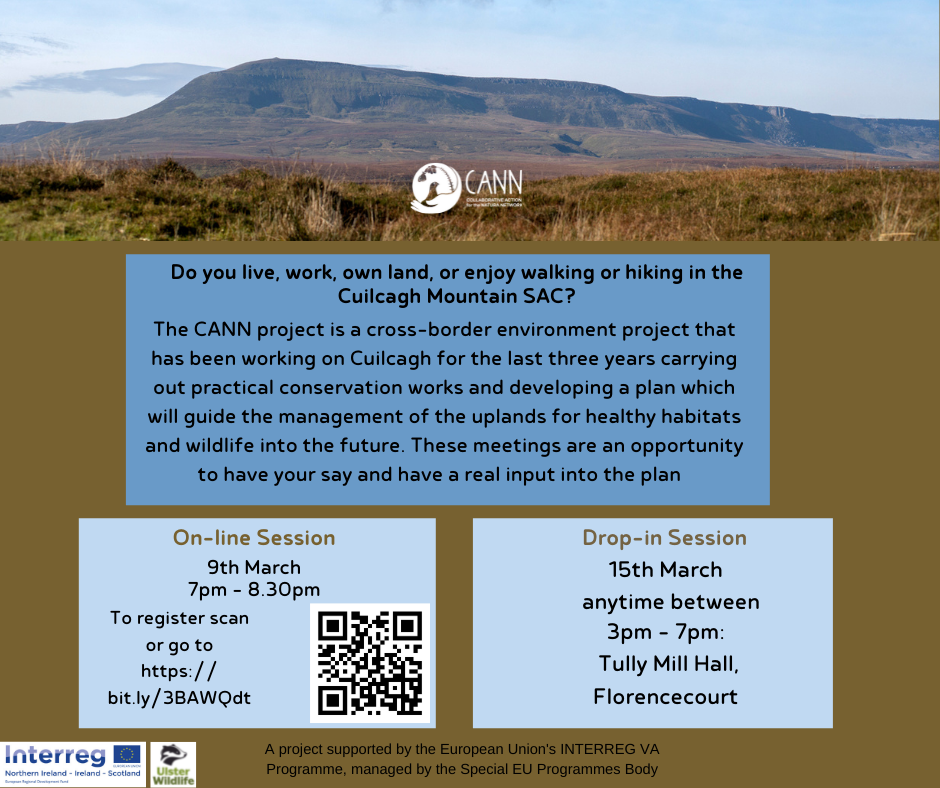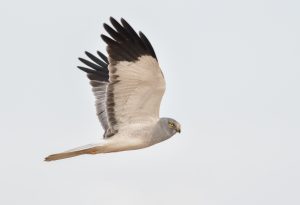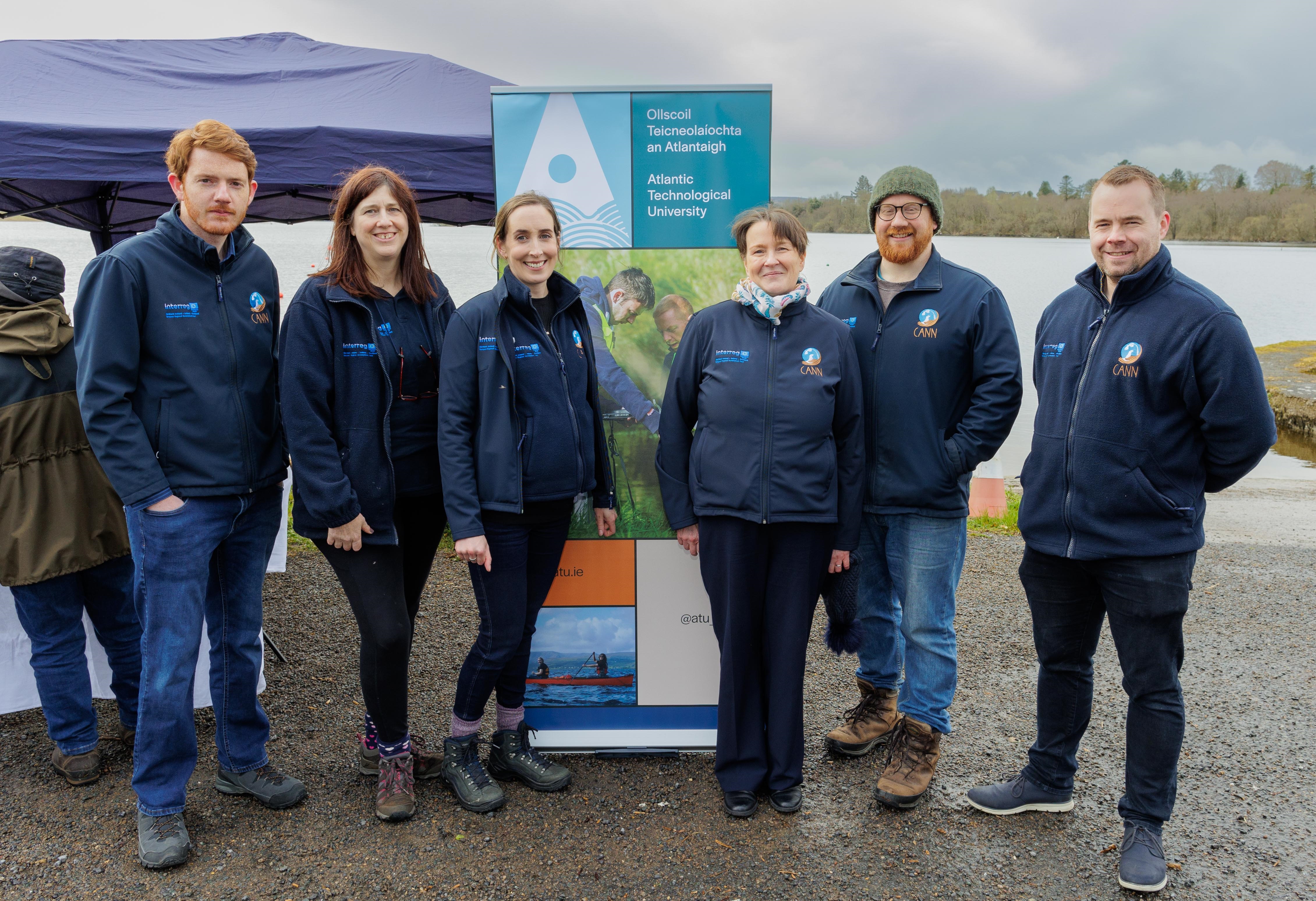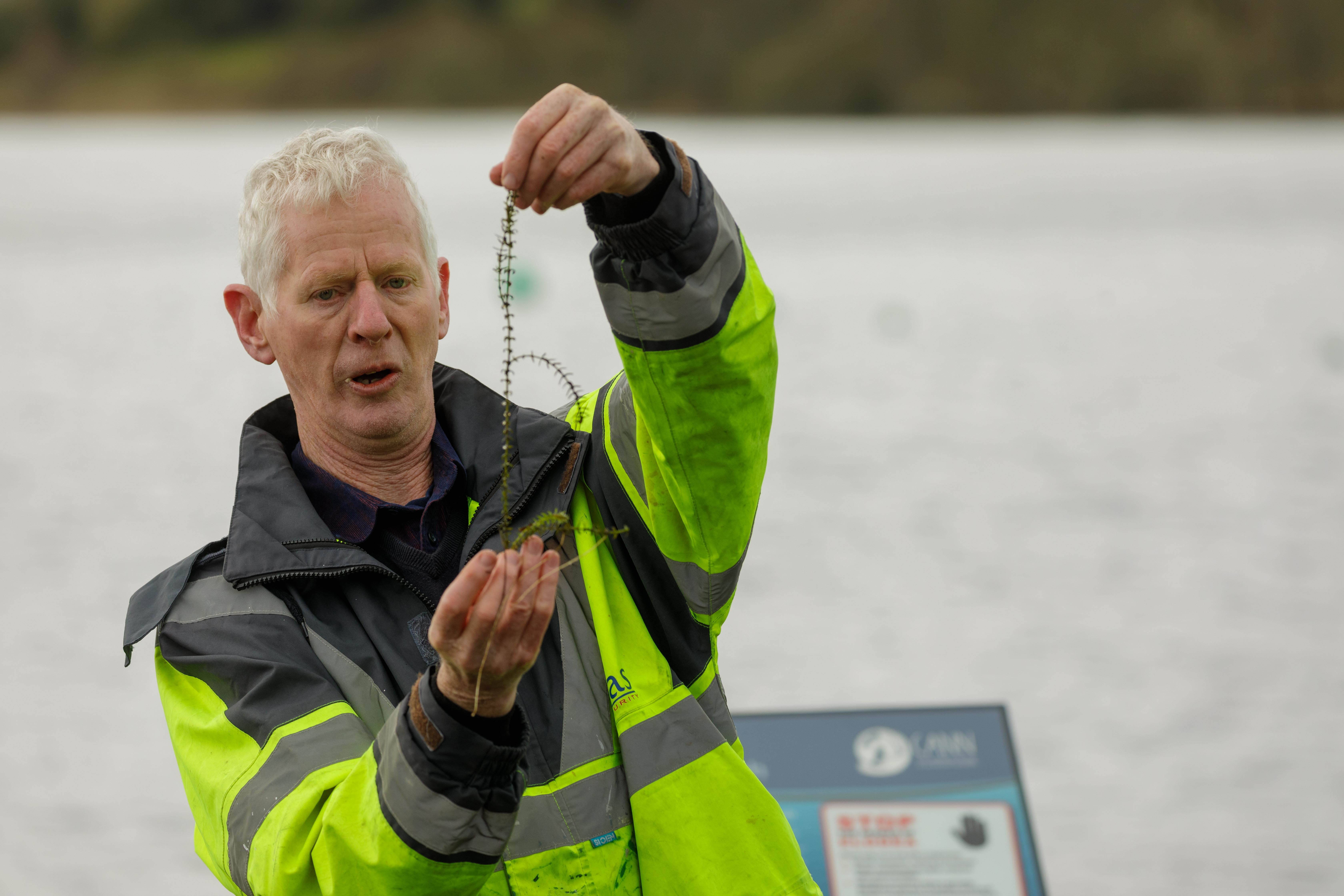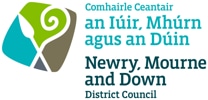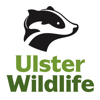Last week the team from CANN partners Argyl Coast and Countryside Trust (ACT) crossed the waters to visit peat bog restoration sites in Northern Ireland and Republic of Ireland. Due to Covid this was the first visit for some of the staff to any of the partner project sites and an opportunity to put real faces to names, email addresses and Zoom screens!
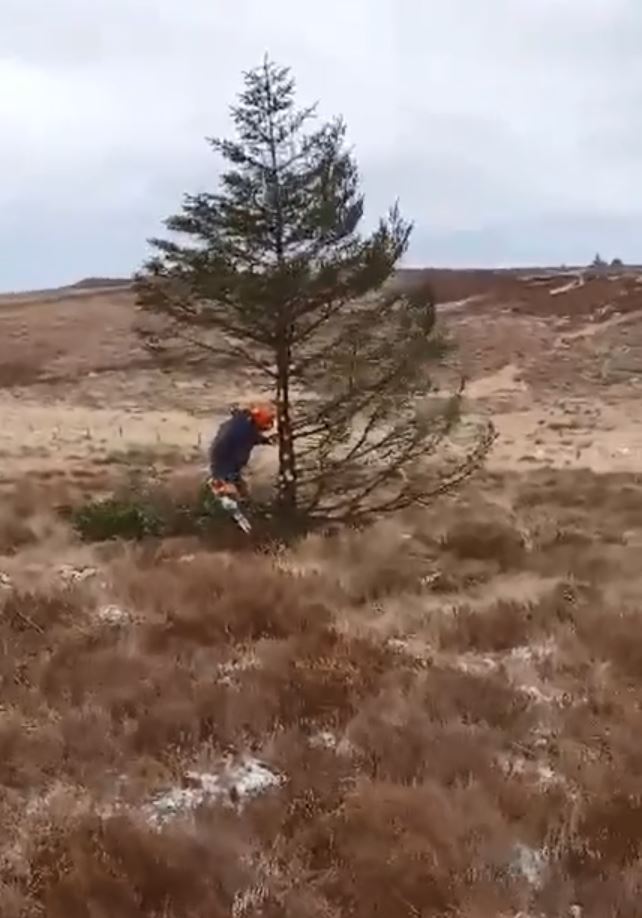
The first on the list of visits was a large blanket bog called Sliabh Beagh, spanning the border between north and south. The ACT team were met by Paul and Rory from Monaghan County Council, who walked their visitors up the hill, telling tales of local folklore (apparently Noah’s brother landed his own ark of animals nearby) and the group were honoured with a fleeting view of a hen harrier, the only one of the trip. Paul and Rory have been removing conifers that were drying out the bog and using peat dams, a system of ‘borrowing’ peat from nearby, to infill small sections of ditches to reduce drainage, all in efforts to return the bog to a wet, healthy habitat.
The next day the tour continued, this time teaming up with Simon from Ulster Wildlife to have a tour of their works at Peatlands Park, a country estate with an extensive trail system through a mosaic of gorgeous woodlands and raised bog habitats. There is a large network of drains throughout the site, so hydrological mapping was done using LiDAR (a type of laser scanning) to help plan where damming should take place. The team checked in on the range of peat and plastic dams, getting some very wet feet in the process (surely a good sign that the damming is working!) and compared notes on Islay’s efforts with rhododendron removal (something that has been a key deliverable on the island!). Ulster Wildlife are monitoring effects of the restoration
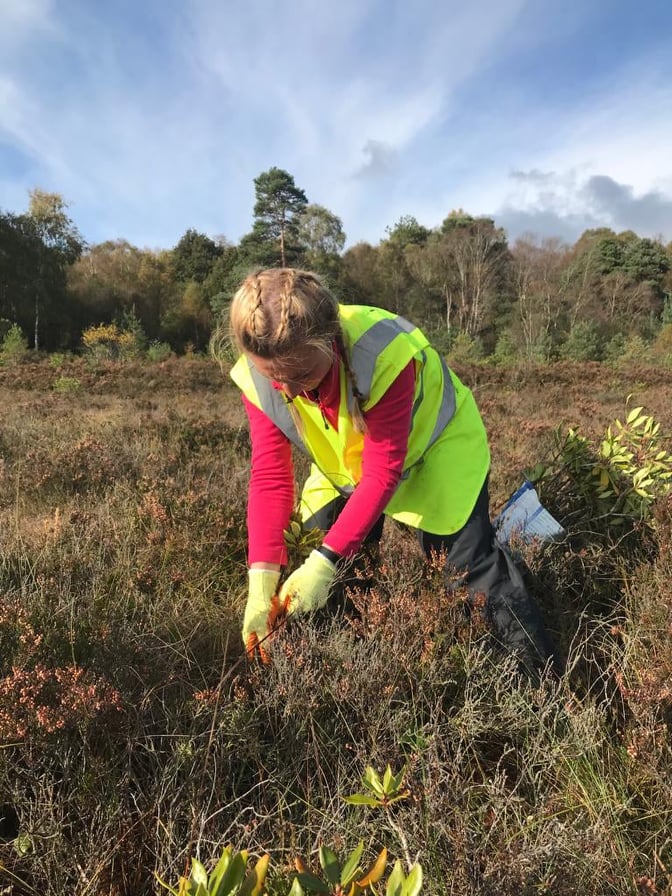
work using piezometers, an instrument inserted deep into the ground which measures the water table using data loggers. Some of these are automatically taking measurements every 15 minutes! This gives an insight into how the water table changes throughout the year and after restoration; a nice wet bog for most of the year will be more resilient to the hotter, drier weather events predicted due to climate change.
The tour then took the team up to Cuilcagh mountain with Roisin, also from Ulster Wildlife. Here they have been using a variety of methods to block gullies that have been caused by water eroding the peat. Coir logs made of coconut fibres are dug into the base of the gullies, slowing water flow. Cut heather is spread over areas of exposed peat to stop it oxidizing and releasing carbon into the atmosphere. They have even been trialing a new method of gully blocking, using wool from the very sheep that graze the mountain. The wool is used to create a bale which is then used to block gullies much
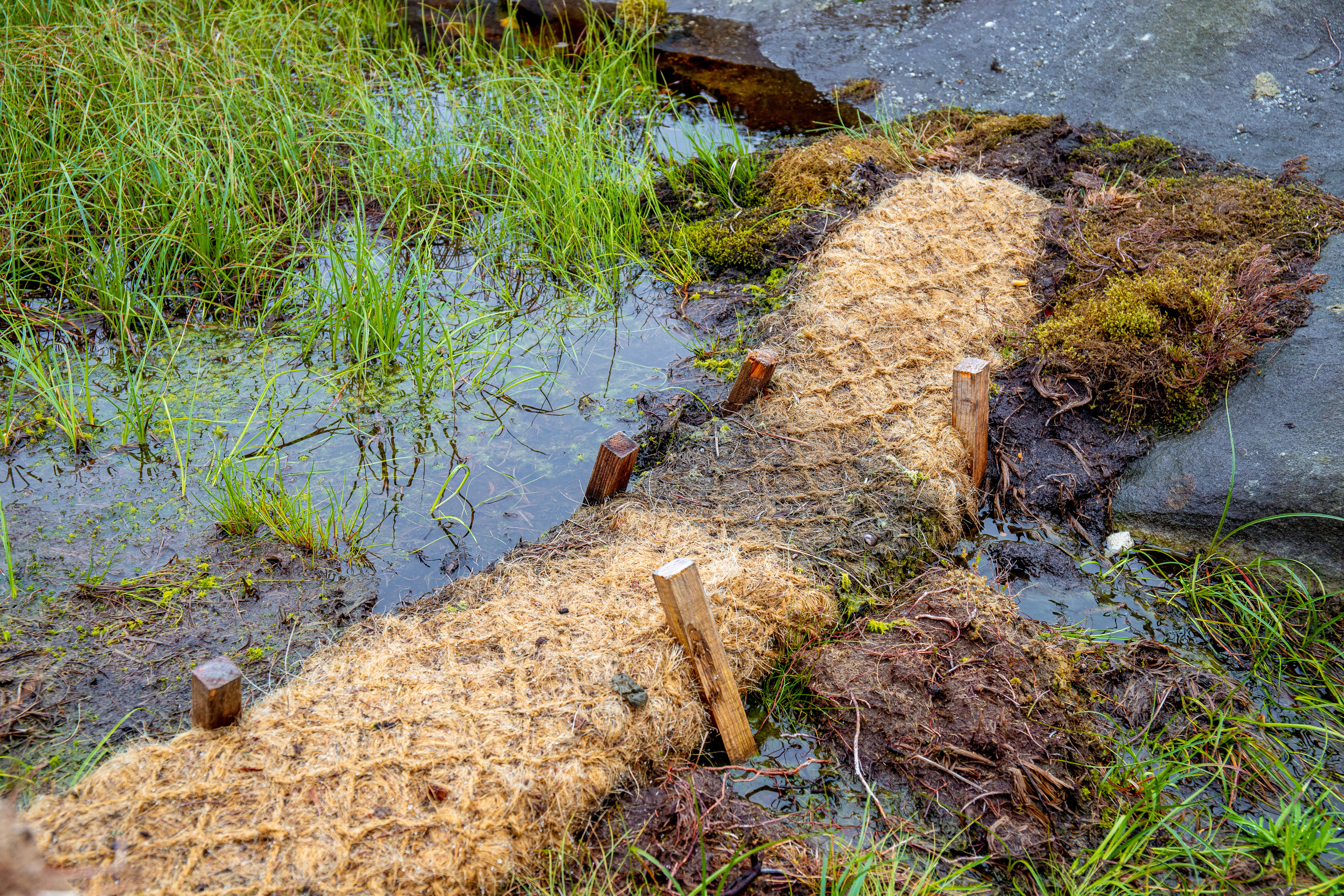
like the coir logs.
For the final two days of our trip ACT joined forces with a range of CANN staff as well as other outside projects interested in bogs. Again, more trips out onto bogs, but many of which are managed by community groups. One such was Abbeyleix bog which was saved from further peat extraction by its locals. They now manage the area and its diverse surrounding habitats, liaising with universities to carry out research and organising work groups for everything from boardwalk maintenance to habitat creation for marsh fritillaries. It was inspiring to witness the hard work and passion that has gone into managing the area for the benefit of the environment, but also for the enjoyment of the local community, all co-ordinated by volunteers.
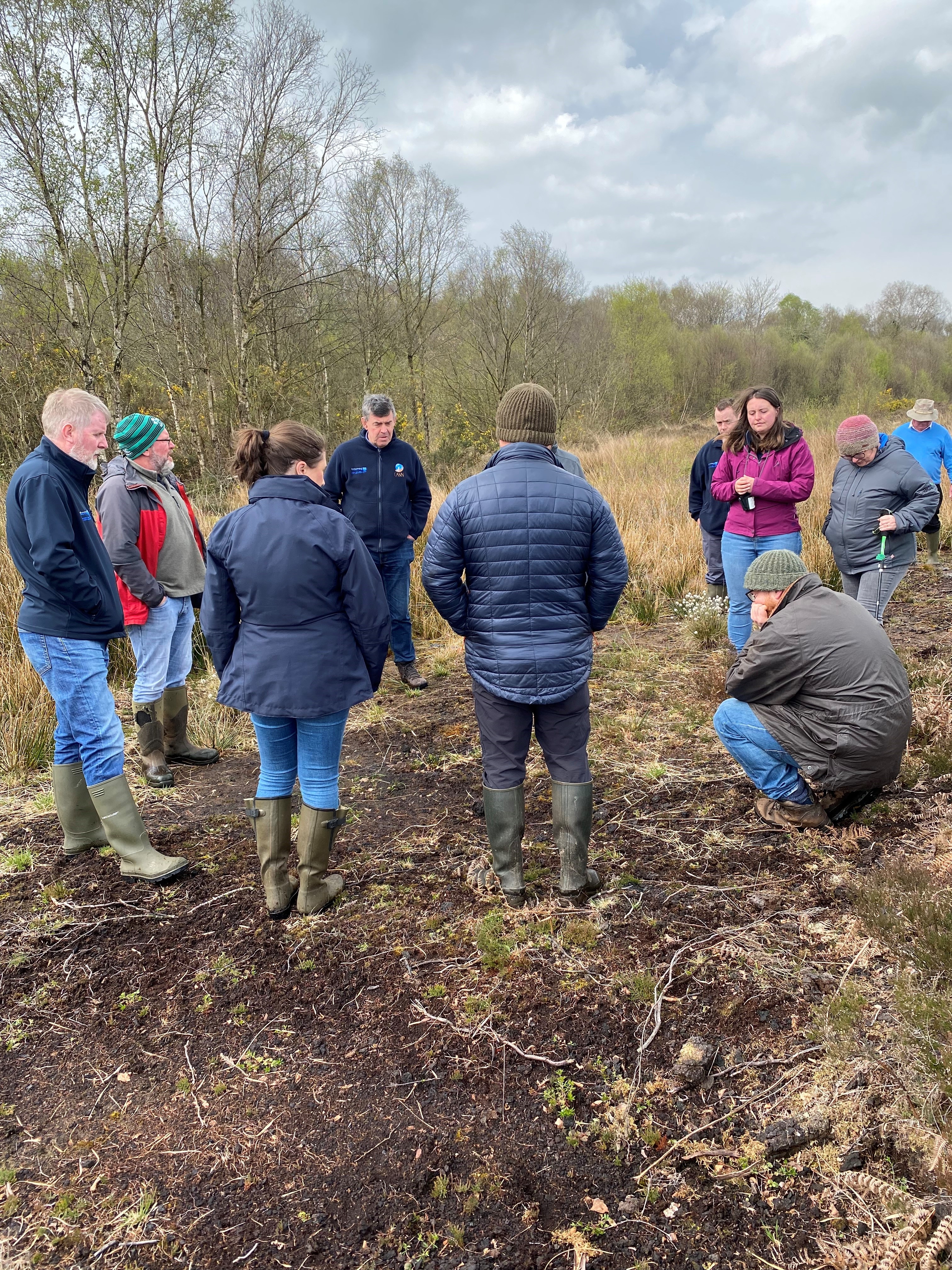
All in all, it was a highly education trip and the ACT team has have come away brimming with ideas and enthusiasm to continue their work with bogs, back on our home peat of Islay and Argyll.

